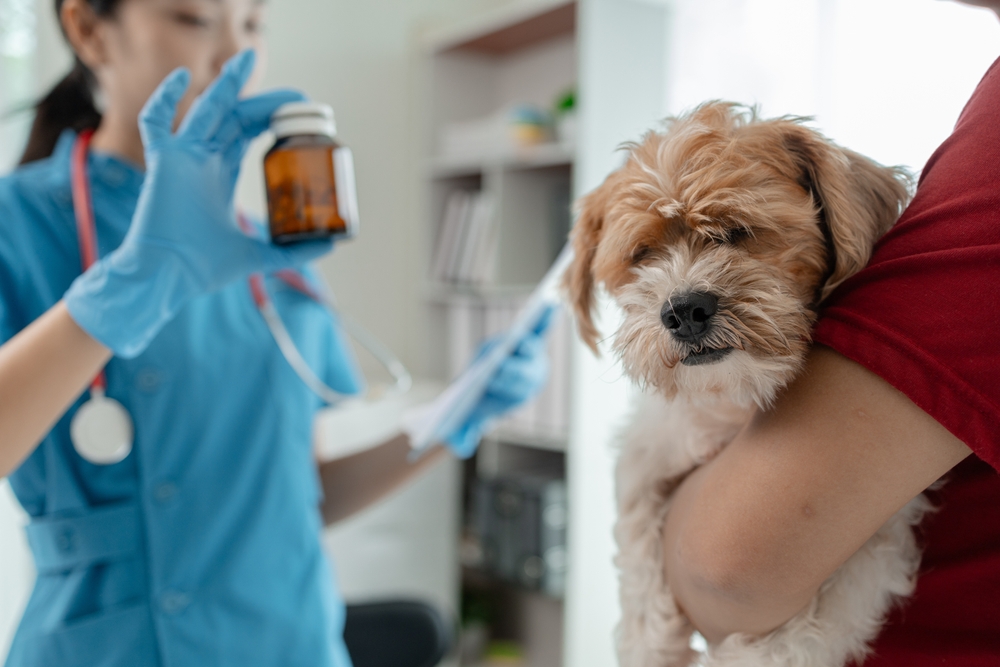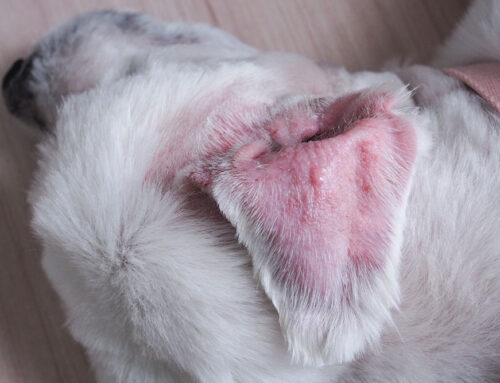Leptospirosis is a bacterial disease that affects both humans and animals, including pets. In Valley Center, California, where outdoor activities are common, understanding and preventing leptospirosis is crucial for your pet’s health and well-being. This guide covers what leptospirosis is, its symptoms, diagnosis, treatment options, and prevention strategies, highlighting how Valley Center Veterinary Clinic can support you and your pet.
What is Leptospirosis? Understanding This Dangerous Bacterial Infection
Leptospirosis is caused by bacteria from the genus Leptospira. Pets can contract the infection through direct contact with infected urine, contaminated water, soil, or food. Pets at risk include those that swim in or drink from lakes, rivers, or puddles, or those who roam on rural properties where they might encounter wildlife carrying the bacteria.
How Leptospirosis Affects Pets
Leptospirosis can cause serious health complications, primarily targeting the kidneys and liver. The bacteria enter the bloodstream and spread to multiple organs, potentially leading to acute kidney injury or liver failure. Without immediate treatment, these conditions can be life-threatening.
For more information on leptospirosis, visit Leptospirosis – AVMA.
Recognizing the Symptoms of Leptospirosis in Dogs and Cats
The symptoms of leptospirosis vary from mild to severe and may include:
- Fever
- Shivering or muscle tenderness
- Lethargy
- Increased thirst
- Changes in urination frequency
- Vomiting or diarrhea
- Jaundice (yellowing of the skin and mucous membranes)
- Bloody urine
If your pet displays any of these symptoms, prompt veterinary care is essential. Early intervention prevents disease progression and reduces the risk of long-term organ damage.
Emergency Situations: When to Seek Immediate Care
If your pet experiences sudden dehydration, severe vomiting, or jaundice, these may be signs of a medical emergency requiring immediate veterinary attention.
For emergency care, visit our Valley Center Veterinary Clinic.
How Is Leptospirosis Diagnosed?
At Valley Center Veterinary Clinic, diagnosing leptospirosis begins with a thorough physical examination, followed by:
- Blood tests to check for infection markers
- Urine analysis to detect bacterial shedding
- Serological tests to identify Leptospira antibodies
- PCR tests to confirm bacterial DNA presence
Early diagnosis is essential for effective treatment and preventing long-term organ damage.
Effective Treatment Options for Leptospirosis in Pets
Treatment for leptospirosis typically includes:
- Antibiotics (such as doxycycline) to eliminate the infection and prevent bacterial shedding
- Intravenous fluid therapy to address dehydration and support kidney function
- Supportive care for vomiting, diarrhea, or liver-related complications
The duration of treatment varies depending on disease severity, but early and aggressive intervention is crucial for recovery.
For more information on acute kidney failure caused by leptospirosis, visit Acute Kidney Failure in Dogs – Embrace Pet Insurance.
Vaccination and Prevention: Protecting Your Pet from Leptospirosis
Vaccination is one of the most effective ways to prevent leptospirosis, particularly for high-risk pets. The leptospirosis vaccine protects against the most common strains of Leptospira and should be part of your pet’s routine wellness care.
Additional preventive measures include:
- Avoiding contaminated water sources (standing puddles, lakes, rivers)
- Controlling rodent populations to reduce exposure
- Keeping your pet’s living environment clean and dry
For information on canine vaccination guidelines, visit 2022 AAHA Canine Vaccination Guidelines.

Frequently Asked Questions About Leptospirosis
How common is leptospirosis in Valley Center, California?
Leptospirosis is relatively common in areas with high wildlife activity and standing water, both of which exist in our region.
Can humans contract leptospirosis from their pets?
Yes. Leptospirosis is a zoonotic disease, meaning it can transfer from pets to humans through contact with infected urine.
For more details, visit FAQs About Zoonotic Diseases and Pets – AVMA.
What are the long-term effects of leptospirosis in pets?
If left untreated, leptospirosis can result in chronic kidney or liver damage, significantly affecting your pet’s long-term health.
How to Keep Your Pet Safe from Leptospirosis
Preventive Strategies
- Routine vaccinations as recommended by your veterinarian
- Avoid letting pets drink from or swim in stagnant water
- Leash walks in high-risk areas to minimize exposure
- Rodent control in and around your home
For more information on preventing leptospirosis, visit Puddle-Borne Pathogens: A Guide to Leptospirosis in Pets – AAHA.
Contact Valley Center Veterinary Clinic for Leptospirosis Care and Prevention
Leptospirosis is a serious but preventable disease. If you have any concerns about your pet’s health or need to update their vaccinations, Valley Center Veterinary Clinic is here to help.
Schedule an appointment today to keep your pet protected.
By understanding leptospirosis, recognizing its symptoms, and taking preventive steps, you can ensure your pet stays safe and healthy. At Valley Center Veterinary Clinic, we are committed to providing the highest level of care for your pets.







Leave A Comment